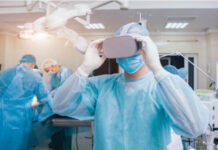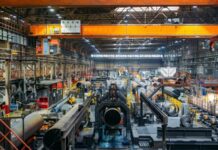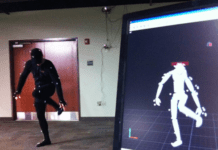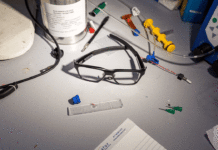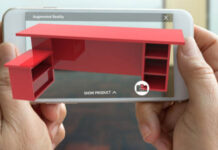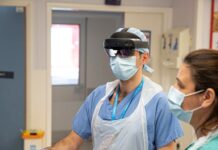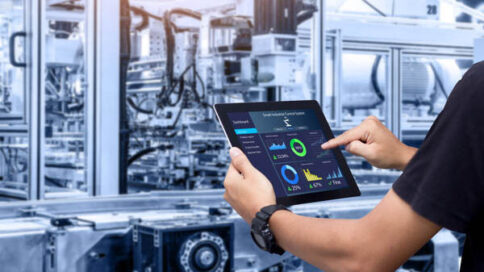
A few years ago augmented reality (AR) was just something from a science fiction book; something that will only be applied to the real world a hundred years from now. Today, however, AR technologies are being implemented in many industries throughout the world, especially the manufacturing industry. AR has changed the way manufacturers manage their work and it assists them in identifying and successfully solving problems. It has revolutionized how the industrial floor plan operates and it has boosted production output. Manufacturers can save time and money with the help of AR technology.
One of the places where AR is extensively used in manufacturing is the maintenance of equipment. At the moment workers need to conduct maintenance routines by using a maintenance booklet. A manual maintenance routine is a time-consuming process and it also tires workers out. This means that their productivity levels are very low after maintenance has been done. AR can be developed to assist workers in maintaining equipment. It helps in reducing workload and it prevents any errors that might have been entered when under pressure or in the presence of a noisy environment. Mitsubishi Electric is one such company that switched to AR maintenance apps.
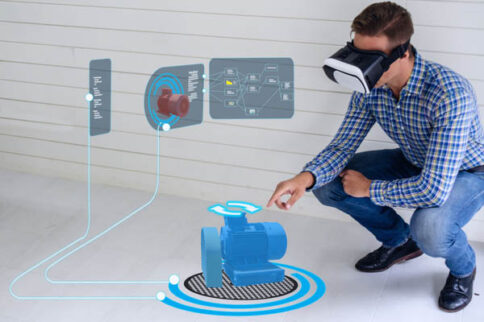
Assembly instructions are another section where AR can improve systems in the manufacturing industry. Assembly instructions in a manufacturing unit can be difficult to follow because it requires workers to remember an entire work process. However, with the help of AR, workers can access the work process at any time, eliminating the possibility of errors occurring. Boeing, one of the leading manufacturers of jetliners, already uses AR technology to ease the task of wiring that has to be done for every 787-7 airliner. The company currently uses Google Glass and Upskill to increase the productivity of the wiring process.
AR is also useful after the maintenance process. It has many benefits when used in quality assurance. Following an entire quality check manually is time-consuming and there is always a chance that errors can be overlooked. AR technology allows workers to identify the problems in a fraction of the time and solve them. Features that are out of specification are highlighted so that they can be tended to immediately. Porsche technicians are already making use of this type of AR technology as part of the QA process.
The use of AR technology in the manufacturing industry has many benefits. It makes instructions clearer and easier to understand for workers. It also eases the physical and cognitive load of technicians which allows them to be more productive during the day with other activities. Fatigue is also decreased which means that the mental health of staff is looked after. This could lead to workers being happier overall. It also ensures that the right procedures are being followed and that mistakes aren’t made as often as when manual manufacturing processes are followed. AR technology has not been fully developed as yet and it can still play many roles in the manufacturing industry.
November 16, 2017

